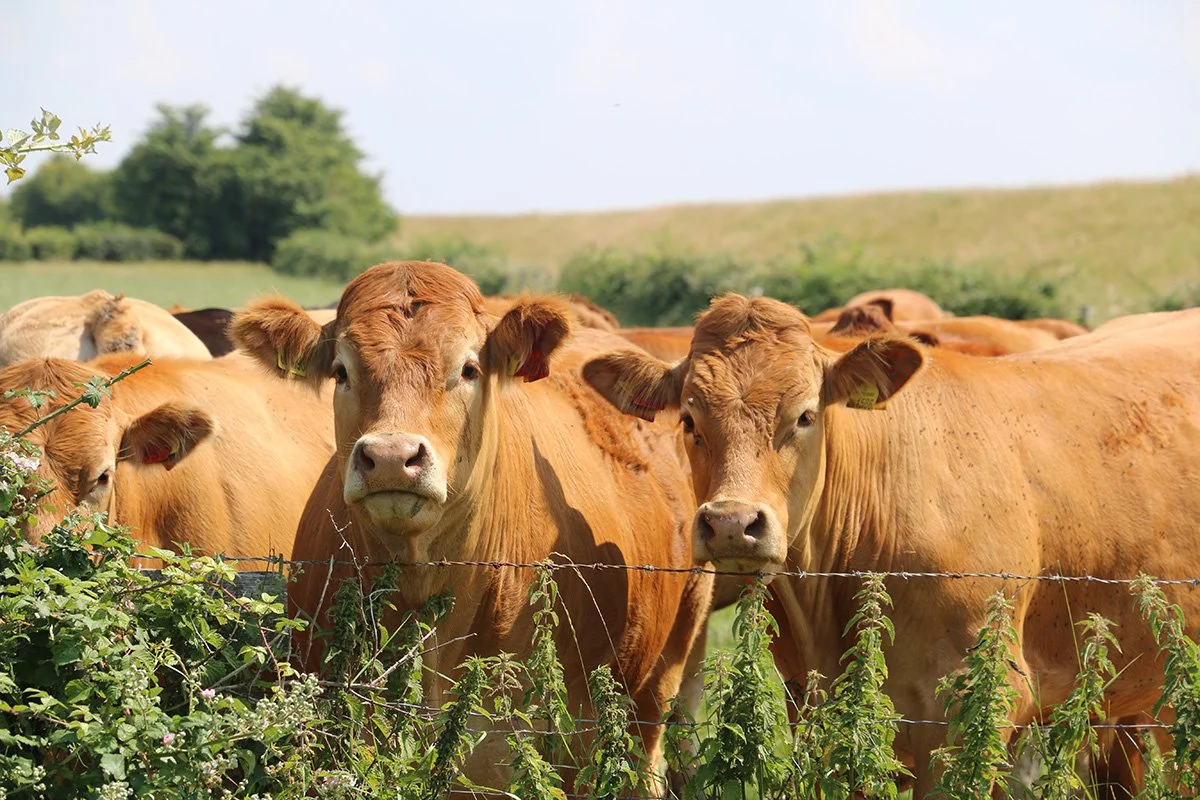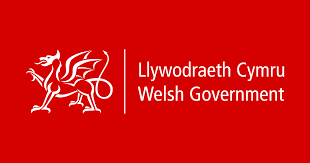A beginners’ guide to Wales’ new farm support scheme
You may have noticed that farming and the payments that farmers receive have been in the news a lot recently. With a new system beginning on 1st January 2026, here is a quick guide to the new Sustainable Farming Scheme (SFS) for people who aren’t farming.
What’s it all about?
For decades, farmers have received payments from the public purse. While we were in the European Union, the payments came under the Common Agricultural Policy (CAP). However, on leaving the EU, we also left the CAP, and extra support for farming is still felt to be needed. In recent years, it has been called the Basic Payments Scheme (BPS). Agriculture is a devolved issue, so each UK country is developing its own system, and in Wales it is called the Sustainable Farming Scheme.
The SFS has been designed in conjunction with farmers, environmental organisations and anyone with an interest in farming, the environment and the countryside, through a series of consultations – some were in-person and on-line events, while others were a chance to read and comment on proposals for the new scheme. So, after nine years, here we are: money from the CAP has gone, and the new scheme is about to begin…
What’s in the SFS, then?
The overall objectives are to keep farmers farming, while also addressing climate change, helping nature, conserving the countryside and its historic features, promoting access to the countryside and helping to sustain and promote the Welsh language.
The SFS consists of 3 layers plus a legal minimum that all farmers and landowners must adhere to.
Universal Layer. This is the ‘basic’ scheme with 3 elements:
12 Universal Actions (UAs), including UA1 Soil Health, UA3 Continuous Professional Development (including Health and Safety training), UA8 Hedgerow Management and UA12 Animal Health and Welfare. 4 UAs are compulsory, such as the UA3 training mentioned and the development of UA10 Tree and Hedgerow Planting Opportunity Plan. Farmers undertake the UAs from the rest of the list that are relevant to their farms, e.g., if they have Sites of Special Scientific Interest (SSSIs) on their land, if they have woodland, recognised historic features, or if they keep livestock.
A baseline assessment of the farm’s carbon footprint.
10% of the eligible land is classified as “habitat”, e.g., saltmarsh, unimproved grassland or traditional orchards.
Optional Layer. Farmers who join the Universal Layer may also apply for actions with this, more advanced layer. A range of Optional Actions (OAs) have been grouped into 14 themes, and farmers are free to undertake any of these that they wish. Themes include support for organic agriculture, improving the condition of SSSIs, improving water quality and improving public access to the countryside.
Collaborative Layer. This is designed to encourage partnership working and is open to all farmers and other suitable organisations who can contribute to partnerships working on the following themes:
Innovation, research and development, e.g., developing new technologies or ways of farming, perhaps in conjunction with universities and businesses.
Collaborative market and supply chain, e.g., developing new markets for farm products.
Collaborative landscape scale activity, e.g., a group of farmers working together to tackle water quality and flood risk reduction.
The SFS is open to all farmers and smallholders who are actively farming 5ha (just over 12 acres) or more of eligible land (i.e., not including things like yards, tracks or rivers). Smaller farms and horticultural businesses can also join if they spend more than 550 hours a year working on their land. Tenant farmers can join if they have sole use and management control of the land for at least 10 months of the year. At the other end of scale, payments are capped for the largest landowners.
What happens next?
The SFS is not compulsory: each farmer must choose whether to join or not. If they do join in 2026, they will not then be able to return to the old BPS system, although they would be able to leave the SFS. For those that want to wait and see how things turn out, farmers may join in future years, funding permitting. However, the BPS will be phased out over the next 3 years, and the final BPS payments will be made in 2028.
Welsh Government will publish a lot more details and advice over the coming months.
Further Optional and Collaborative Actions will be announced over the next couple of years.
Will it work for the Levels?
That’s the big question! The answer is complex, but here are a couple of initial thoughts.
Its success will partly depend on its take-up. Some farmers may feel that the SFS requires too much reporting and is simply too much work: however, the BPS has long been a major source of income for most farmers in Wales, so many will feel that they have to join. Some organisations feel that the admin required is similar to that already required by agri-environmental schemes, so many farmers may not notice much difference, although many others will not have this experience.
There are concerns that, as the budget is set annually and depends on money from the UK Government, there will not be enough money available to pay for everything that is wanted and needed.
Finally, it is also felt in some quarters that the UAs will not be particularly useful in helping nature, but that the OAs and CAs have the most potential for real change. Certainly, applying for a Collaborative Action to maintain the reen system is a possibility.
This has been described as a “once in a generation opportunity”, and it is worth keeping an eye on what happens. Supporting sustainable farming, the climate and nature, as well as providing healthy, nutritious food is essential. Can the SFS at least contribute to this?


